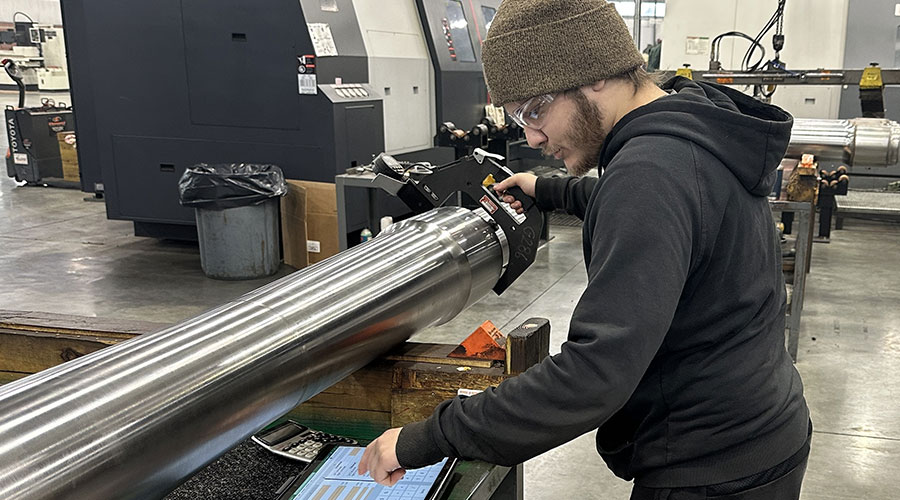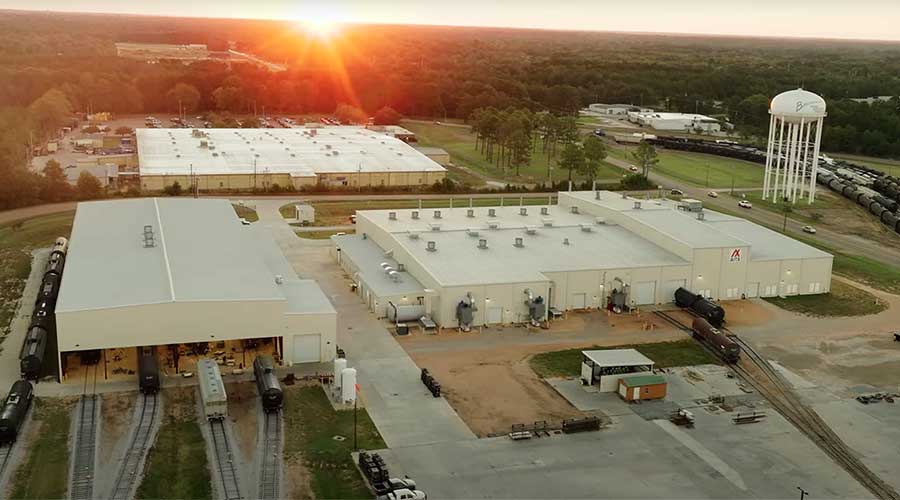Stay updated on news, articles and information for the rail industry
December 2022
Rail News: Mechanical
Rail-car outlook: Richard Kloster's 2023 delivery projection

This time last year I characterized the 2021 rail equipment market as schizophrenic because the market couldn’t figure out if it wanted to recover from the pandemic-recession or not. While the pandemic-related issues now are in the rearview mirror, that doesn’t mean the market has returned to complete sanity. In fact, some things are a little insane.
Sanity first. Fleet utilization is much better, with storage rates under control for all rail-car types except the ones you’d expect: small-cube covered hoppers and large general-purpose DOT 111 tank cars. Lease rates have increased across the board for the existing fleet. While retirements started the year strong, they fell off mid-year and are only now starting to increase.
Insanity. New car costs are at all-time highs and for some car types, they’re bordering on prohibitive for car buyers. While steel input costs jumped sharply and interest rate hikes have increased funding rates, not all the price increases can be attributed to these two factors. Higher builder margins make up a good portion of the difference. Increased labor costs have contributed some, but the costs have been mitigated over the past 10-plus years through automation and concentrated production in Mexico. However, component availability is becoming an issue, with the corresponding implications for new car costs.
Regardless, this environment is expected to continue into 2023 and beyond.
Gone are the days of sharp build cycles driven by a “growth” car type — crude-by-rail tank cars, frac sand covered hoppers, aluminum coal cars, etc. Future build cycles will be characterized by small and large, specific-car-type-driven replacement cycles that will be flatter and longer in duration as production schedules are managed more rationally.
This environment will result in continued high(er) new car costs and lease rates, more moderate annual delivery totals, and continued long lead times from order to delivery. It will also affect the market for the existing fleet. With a replacement-driven and more measured new car market, existing car availability will tighten, and lease rates will strengthen even more. Car owners will retain cars longer, versus retirement, to squeeze the last bit of value out of them. With lower steel prices than the last year or so, the urge to “cash in” on a high car scrap value will mitigate.
Overall, I’m projecting new car deliveries in 2023 to reach 45,737 cars, with tank cars and covered hoppers accounting for about two-thirds of the total. As for the individual fleet segments:
- The tank-car fleet will register slightly higher new car demand extending across many types, including DOT 117s, as the ethanol fleet will need to be fully compliant by May 2023. Also, tank-car requalifications are increasing and will peak in 2024 and 2025, placing added pressure on the already stressed tank-car repair shop network.
- The covered hopper fleet will be mixed. The small-cube fleet is still recovering from the overbuilding of the frac sand fleet, with zero new car demand and depressed but improving lease rates. The growth cycle of pneumatic plastic-pellet covered hopper build cycle is finally showing signs of slowing down, but a retirement cycle for the older 5,850 cubic-foot (cuf) fleet is beginning and could extend the cycle. In the grain fleet, the older 4,750 cuf fleet will continue to age out in earnest over the next few years, pushing a retirement cycle that will drive new a replacement build cycle.
- The box-car fleet is probably the most problematic. Almost half the fleet is set to age out in the next few years. The upside is that there is a current record backlog of new box cars. However, it only addresses 25% to 30% of the projected retirement total, and while additional orders are expected, the question is how many cars will ultimately be replaced and where the fleet size will end up landing.
- Coal gondolas and open-top hoppers have had a resurgence of late due to energy cost issues and improved coal loading. However, while this environment will likely last another year or two, it will definitely end. When it does, the fleet will continue to decline. In the meantime, utilization and lease rates will benefit.
The mill and coil steel gondola fleets have a similar age profile as box cars and 4,750s, and have started a measured reinvestment cycle. New car demand for flat cars in general will remain at the last 10-year average.
Overall, while some of the insanity of 2022 will continue, the hope is the stability can continue to develop in 2023.
Keywords
Browse articles on rail car outlook Richard Kloster 2023 outlook for rail carsContact Progressive Railroading editorial staff.


 2025 MOW Spending Report: Passenger-rail programs
2025 MOW Spending Report: Passenger-rail programs
 Gardner steps down as Amtrak CEO
Gardner steps down as Amtrak CEO
 Guest comment: Oliver Wyman’s David Hunt
Guest comment: Oliver Wyman’s David Hunt
 Women of Influence in Rail eBook
Women of Influence in Rail eBook
 railPrime
railPrime







